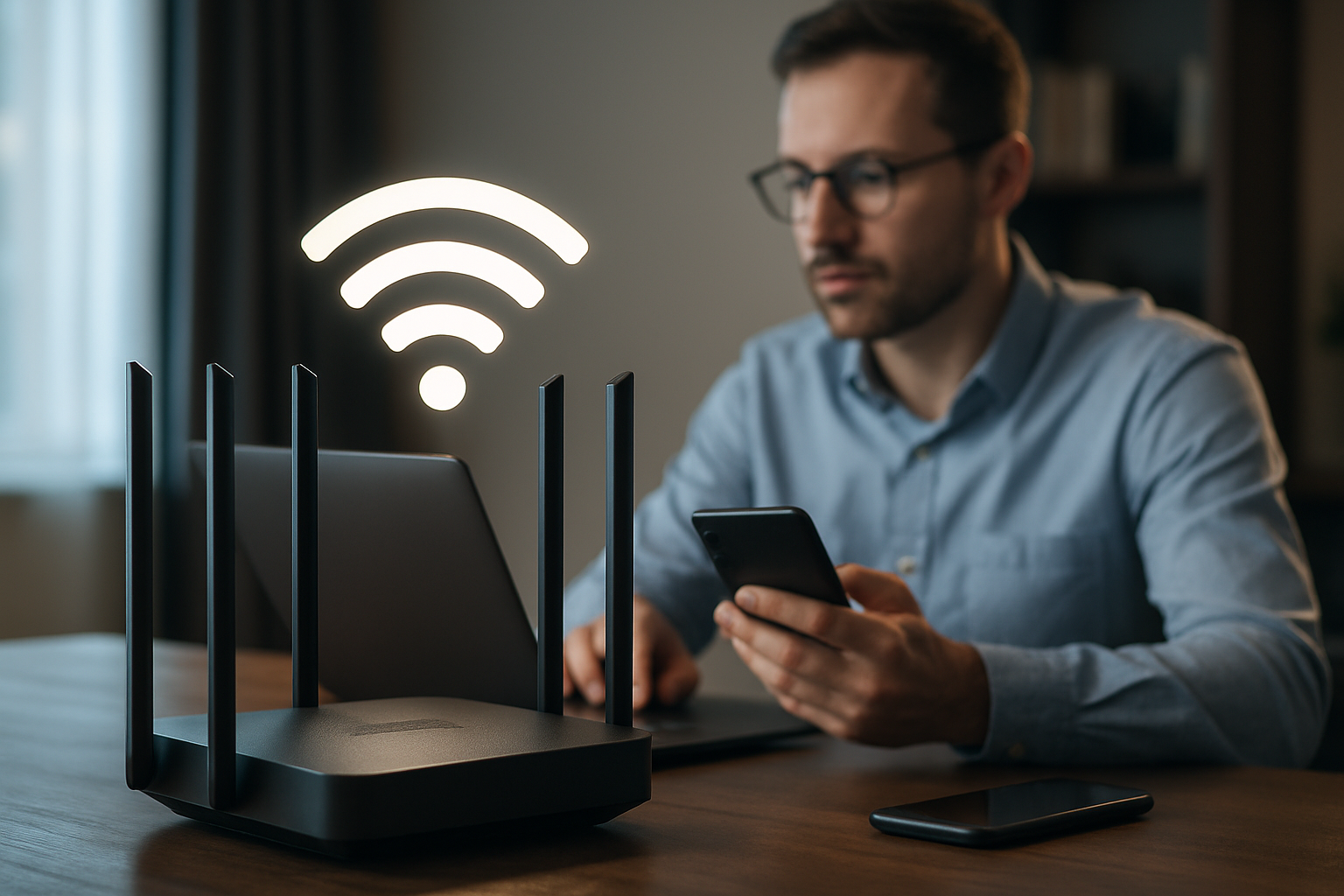Revolutionizing Connectivity: The Promise of Ultra-Wideband Technology
Ultra-wideband (UWB) technology is poised to transform how we interact with our devices and the world around us. This cutting-edge wireless communication method offers unprecedented precision, speed, and security. As we delve into the world of UWB, we'll explore its potential to revolutionize everything from indoor navigation to secure access control, and how it's set to become a cornerstone of our increasingly connected future.

The origins of UWB can be traced back to the early days of radio communication, but it wasn’t until the late 1990s that advances in semiconductor technology made it feasible for widespread use. In 2002, the Federal Communications Commission (FCC) in the United States approved the commercial use of UWB technology, setting the stage for its development and integration into consumer devices.
One of the key advantages of UWB is its ability to provide highly accurate location and ranging information. By measuring the time it takes for a signal to travel between devices, UWB can determine distance with centimeter-level precision. This capability opens up a wide range of applications, from precise indoor positioning to secure access control systems.
Applications and Use Cases
The potential applications for UWB technology are vast and diverse. In the automotive industry, UWB is being explored for keyless entry systems that are more secure and convenient than current solutions. As a driver approaches their vehicle, UWB can precisely determine their location and automatically unlock the doors, eliminating the need to fumble for keys or press a button on a fob.
In smart homes, UWB can enable seamless device interactions and improved automation. Imagine a home entertainment system that automatically adjusts its audio output based on your exact position in the room, or lights that dim and brighten as you move from one area to another. UWB’s precise location tracking makes these scenarios not just possible, but practical.
The technology also has significant potential in the realm of augmented reality (AR). By providing accurate spatial awareness, UWB can enhance AR experiences, allowing for more precise placement of virtual objects in the real world. This could revolutionize fields such as architecture, where designers could visualize their creations in real-time within existing spaces.
Security and Privacy Considerations
One of the most compelling aspects of UWB technology is its inherent security advantages. The nature of UWB signals makes them extremely difficult to intercept or jam, providing a high level of protection against eavesdropping and man-in-the-middle attacks. Additionally, the precise ranging capabilities of UWB can be used to implement distance-bounding protocols, ensuring that communication only occurs between devices within a specified range.
However, as with any technology that involves location tracking, there are privacy concerns to consider. The ability to precisely locate individuals and devices could potentially be misused if not properly regulated. It’s crucial that as UWB technology becomes more widespread, robust privacy protections are put in place to prevent unauthorized tracking or data collection.
Challenges and Barriers to Adoption
Despite its promise, UWB technology faces several challenges on its path to widespread adoption. One of the primary hurdles is the need for specialized hardware. While some smartphones and other devices have begun incorporating UWB chips, the technology is not yet ubiquitous. This chicken-and-egg problem – where both devices and infrastructure need to support UWB to make it useful – could slow adoption rates.
Another challenge lies in standardization. While efforts are underway to create universal standards for UWB technology, there is still work to be done to ensure interoperability between devices from different manufacturers. Without robust standards, the full potential of UWB may not be realized.
Power consumption is also a consideration, particularly for battery-powered devices. While UWB is generally energy-efficient, the continuous ranging and location tracking that many applications require could impact battery life. Balancing functionality with power efficiency will be crucial for the success of UWB in mobile devices.
The Future of Ultra-Wideband
As UWB technology continues to mature, we can expect to see its integration into an ever-wider range of devices and applications. The automotive industry is likely to be an early adopter, with UWB-enabled keyless entry systems and in-vehicle positioning becoming increasingly common. Smart home devices will leverage UWB for improved automation and user experiences, while industrial applications will benefit from its precision in asset tracking and management.
The convergence of UWB with other emerging technologies, such as artificial intelligence and machine learning, could lead to even more innovative applications. For example, AI-powered systems could use UWB data to predict user behavior and proactively adjust environments or device settings.
As we move towards an increasingly connected world, UWB technology has the potential to play a pivotal role in bridging the physical and digital realms. Its ability to provide precise, secure, and low-power communication opens up new possibilities for how we interact with our surroundings and each other. While challenges remain, the future of Ultra-Wideband technology looks bright, promising a world where our devices understand not just who we are, but exactly where we are, ushering in a new era of contextually aware and seamlessly integrated technology.





